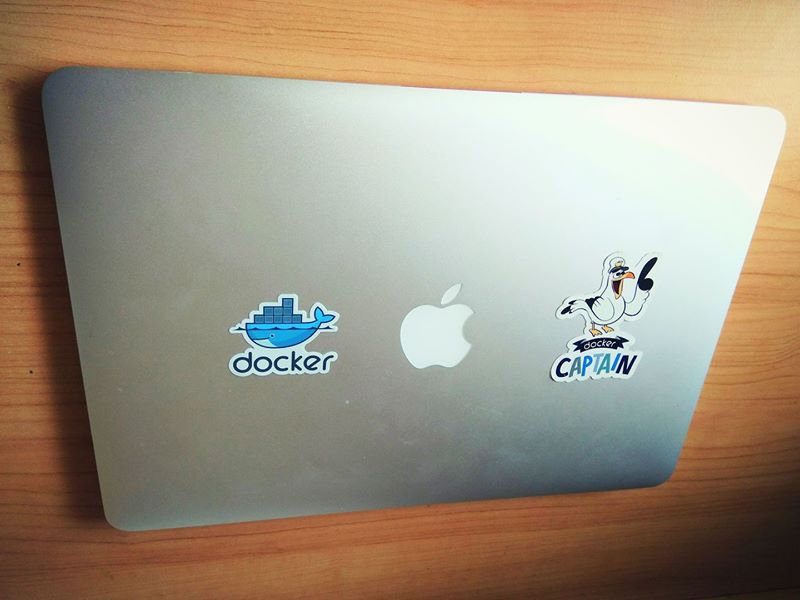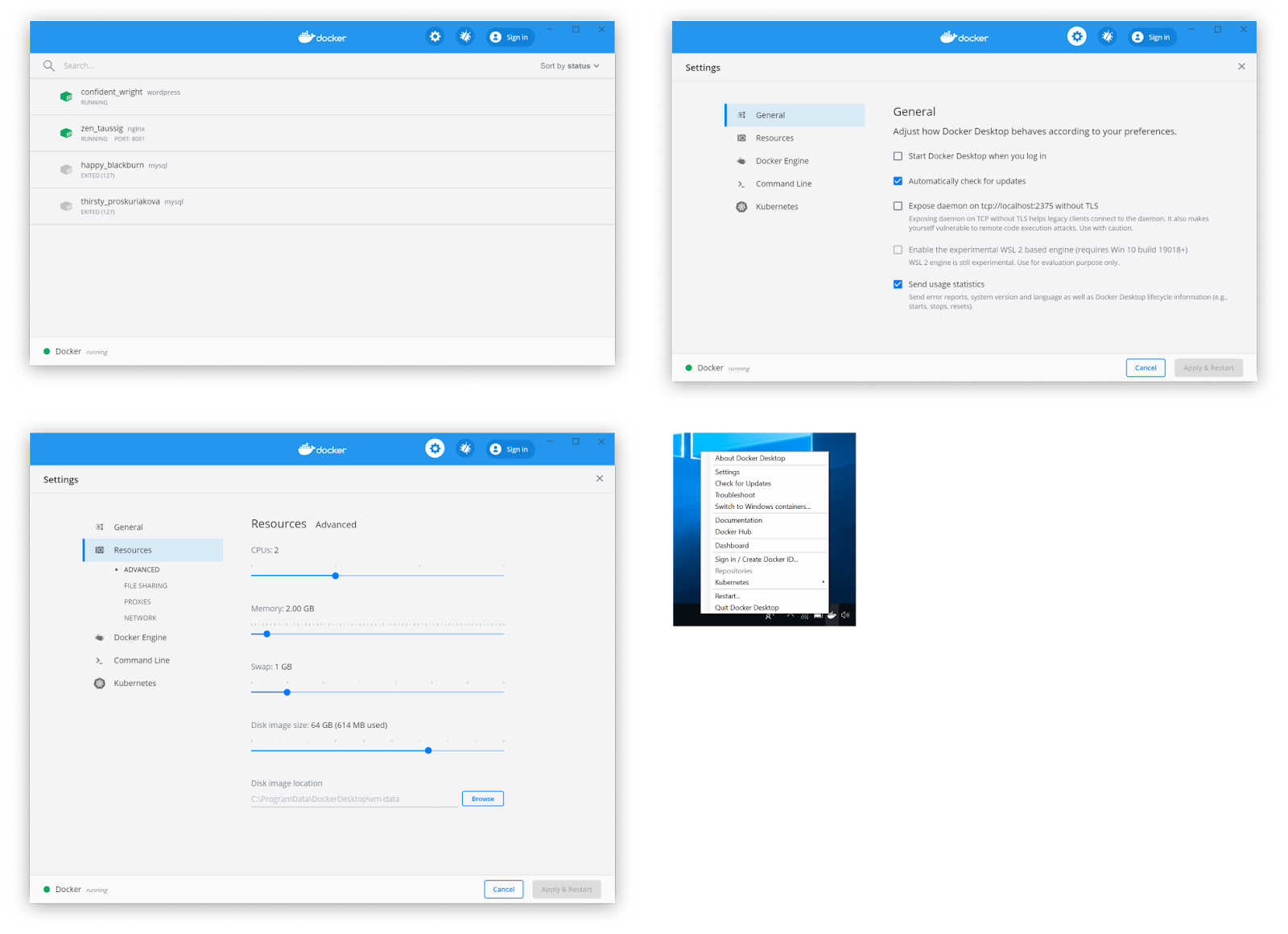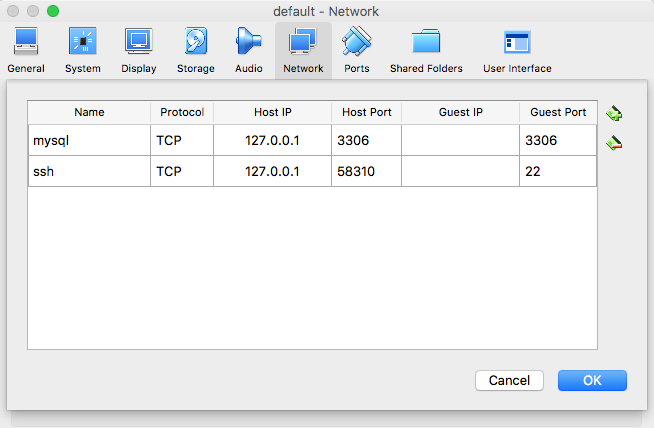

- #Docker for mac support windows container how to#
- #Docker for mac support windows container install#
- #Docker for mac support windows container code#
- #Docker for mac support windows container free#
If you get a “running scripts is disabled” error, then execute the following then try again: Note there is an optional “-Hyperv” argument which will work only if running on Windows 2016 TP4 installed on a physical box – this is necessary only to evaluate “Hyper-V Containers”, not for “Windows Containers”:Ĭ:\New-ContainerHost.ps1 –VmName -WindowsImage ServerDatacenterCore Run the script to create the Container Host VM – this will take up to 1.5 hrs. Wget -uri -OutFile c:\New-ContainerHost.ps1 Important note: modify this before running to increase disk size from 8G to 20G by searching for “-SizeBytes 8GB”> The firewall on the host VM must be opened for each port to be exposed from a running container, to be accessed outside the host VM – for a single instance of the SQL Server container, open port 1433 – from powershell: Otherwise, pull the files as follows – from powershell:Ĭd master\dockerfiles-for-windows-master\sqlexpressīuild an image named ‘sqlexpress’ using Docker – this will take up to an hour, longer the first time (the Docker Hub base image gets cached in the local Docker repo) – then list the images:ĭocker images Running a SQL Server Docker Container If you have git installed on the host VM, you can clone the repo

#Docker for mac support windows container free#
These steps assume you have already established a Windows Container Host VM (with at least 8G free space) – if not see Creating a Windows Container Host VM. This was created and tested using Windows Server 2016 TP4 Core. It configures SQL Server Express to listen on static port 1433 and supports a runtime choice of data / backups stored internal-to-container or on a host volume.
#Docker for mac support windows container how to#
See below for info on how to build a SQL Server 2014 Express image from a single “docker build” command.

Windows Server 2016 (available now in a preview edition, TP5) introduces support for Windows Containers, with Docker-compatible command support.ĭocker Hub currently has Windows Container images for MongoDB, MySQL and SQLite databases (as well as Redis) – but oddly, not for SQL Server.

Windows Server 2016 Support for Docker Containers The SQL Server Express Docker image makes that easier – they need only create a Windows Container Host VM (Windows 2016 TP5 preview) using VirtualBox as described here. Mac Developers, when working on a project using SQL Server, should have access to their own instance of SQL Server. Each test container instance runs against its own dedicated SQL Server container instance, each are torn down at the end of the testĪnother scenario – making private SQL Server instances more readily available to Mac developers: Mac Developer Scenario: SQL Server Local Instance easily installed.
#Docker for mac support windows container install#
Docker containers are spun up on-demand on a pool of generic VMs – nothing to install on the generic VMs except docker (and build server agent) – no dependency on external sql server instance.
#Docker for mac support windows container code#
Docker images are CI-built when source code and / or dockerfile changes (SQL Server image to be rebuilt at most once / week, mainly to pull latest OS and SQL Server updates to image).The simplified environment diagram above shows how containers are envisioned to be used in the automated build / test environment: Automation Server Scenario: SQL Server Database Instance private to each test run To dive immediately into how to create a Dockerized SQL Server, see: Windows Server 2016 Support for Docker Containers. For projects using Windows-based SQL Server, there had been no Container option until the advent of Windows Server 2016, now available in preview (TP5). Some applications use MySQL, PostgreSQL or MongoDB, which are supported as Docker Linux Containers. I lead an automation group where we need to easily spin up and down multiple locally-administered database instances, in support of automated testing of web and other applications.


 0 kommentar(er)
0 kommentar(er)
